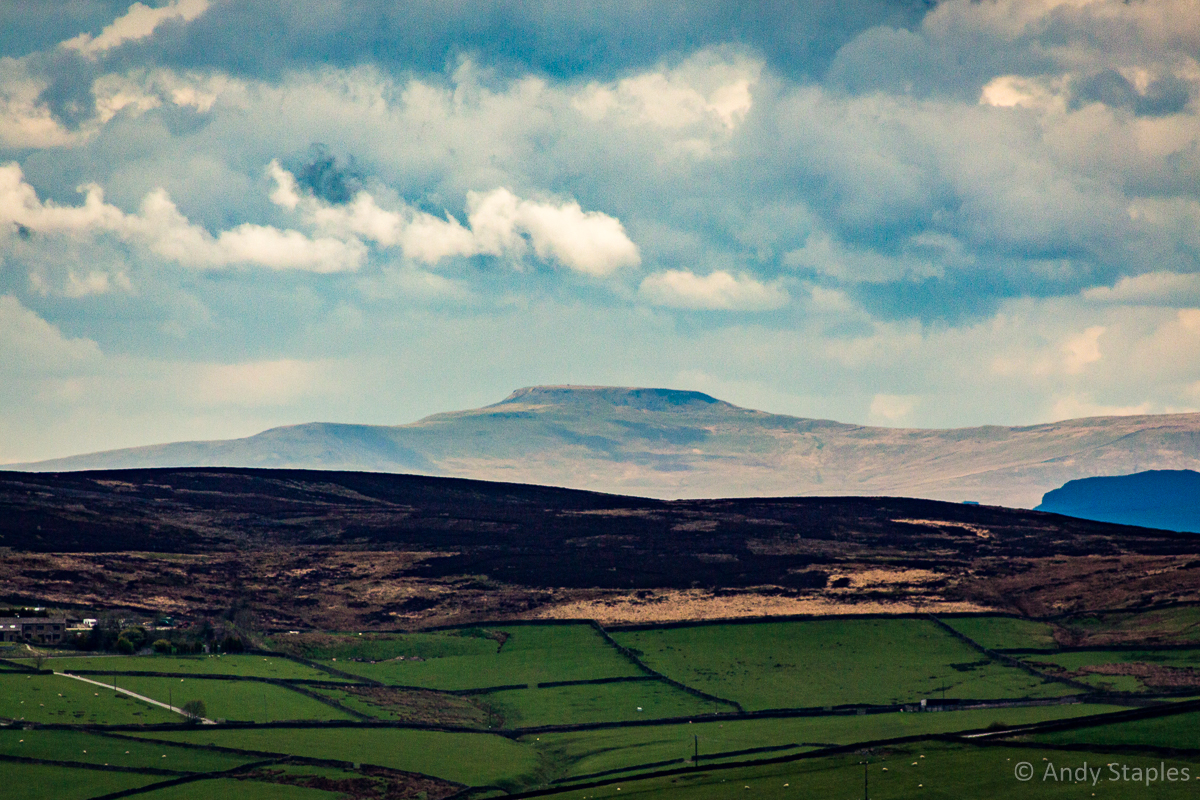Cravenshire
Cravenshire is a region of the central Pennine mountains. It is also known simply as Craven, a name thought to derive 'scratched land' in the ancient Cumbric language of the northern Britons.
Craven is not an administrative division, but a topographical and cultural one, so the boundaries of Cravenshire are only loosely defined. They correspond roughly with the Yorkshire West Riding wapentakes of Staincross and Ewcross, but stretch further in the north and west, into Lonsdale and the Forest of Bowland (part of Lancashire since that county was formed in 1164).
Similar traditional cultural and topographical regions of medieval or pre-medieval origin in Yorkshire include Holderness on the East Riding coast, Marshland east of Doncaster, and Richmondshire, Blackamoor and Cleveland in the North Riding. Folk from these regions share an identity that transcends county or ecclesiastical divisions.
The majority of lands in Cravenshire are held by the Honour of Skipton, whose holdings lie primarily in the east, and the House of Percy, whose lands are concentrated in Ribblesdale.
Geography
Craven is an upland region of hills and mountains separated by often marshy river valleys (known as dales) - Lonsdale in the west, then Ribblesdale, Airedale and Wharfedale. Craven is a watershed; the rivers Lune and Ribble flow east into the Irish Sea, the Aire and Wharfe flow west to join the River Ouse and into the North Sea.
The mountains are generally higher to the west, with the peak of Whernside (2,415ft, 736m) being the highest in Yorkshire, and Ingleborough (2,372ft, 723m) and Pen-y-Ghent (2,277ft, 694m) among the highest.
The geology of southern Craven is dominated by millstone grit, a coarse grey sandstone that erodes into smooth hills and short, boulder-dominated crags. The dark moors of the millstone grit region are dominated by heaths of acidic peat soils and bogs. Rombald's Moor is a typical example.
Northern Craven is dominated by limestone karst, resulting in dramatic cliffs such as Malham Cove and gorges such as Gordale Scar and Trollers Gill, and numerous caves. The moors of northern Craven are better drained and tend towards grasslands.
Between the two areas lies the lower grassland of the Aire Gap, which links the easiest passes through the central Pennines.
Alternative Name(s)
Craven
Type
Region
Location under
Contested By




Comments